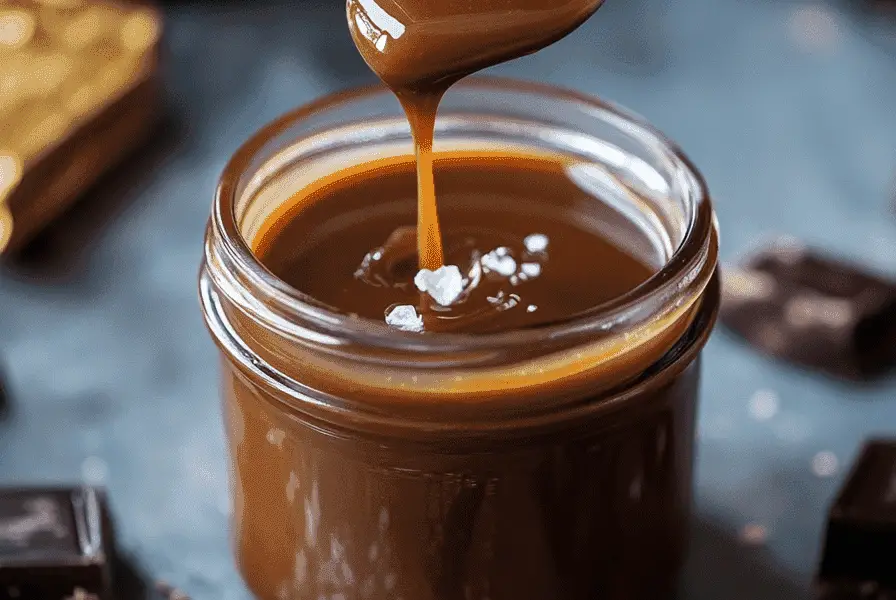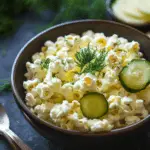Have you ever opened your fridge and thought, “What on earth am I going to cook today?” You’re not alone. Despite the endless recipes available online, decision fatigue is real, leaving us all occasionally stumped. But fear not! Flavor profiles are here to save your dinner dilemma. By understanding what flavors naturally complement each other, you can craft meals that are not only delicious but also inspired and innovative.
1. Understanding Flavor Profiles
Flavor profiles are the combination of ingredients that together create that magical taste balance in dishes. Think of it as a harmonious symphony where each ingredient plays its part. From salty and sweet to umami and sour, learning to marry these profiles in your cooking is key.
2. The Science Behind the Taste Buds
Did you know our taste buds are designed to detect five main flavors: sweet, sour, salty, bitter, and umami? According to scientific research published in the Journal of Sensory Studies, each of these flavors has a specific role in the culinary world. Tapping into this knowledge can transform a mundane dish into a masterpiece.
3. Sweet and Salty: A Classic Combination

There’s a reason chocolate-covered pretzels are so irresistible! Combining sweet and salty flavors creates a balanced delight. According to a study from Yale University, this combination triggers our taste receptors differently, making foods more satisfying. Next time you’re in the kitchen, consider incorporating a touch of both!
4. Spicy and Sweet: Setting Your Taste Buds on Fire

Think “hot sauce on mango” and you’ll understand the magic of this duo. The natural sweetness of fruits tames the intensity of spice, creating a balanced and exciting taste experience. A Cornell University sensory analysis shows how these contrasts can enliven even the dullest dish. Dare to spice things up?
5. Umami: The Underrated Flavor
Often elusive, umami is the savory deliciousness found in foods like mushrooms, soy sauce, and aged cheeses. It’s that “je ne sais quoi” that elevates a dish. The International Journal of Gastronomy states that umami-rich foods can enhance and intensify the primary flavors of any meal. So next time try adding some miso, and watch the magic unfold!
6. Sour and Salty: An Unexpected Match
Sour and salty might not be a common combination, but think about pickles! The acidity lifts the savory features, making dishes refreshing. Studies reveal that pairing these two can brighten any dish from fish to salads. When life gives you lemons, pair them with salt!
7. Boldly Bitter: Break the Mold
Embracing bitterness can be rewarding. Foods like dark greens, coffee, and citrus peels offer a depth of flavor. Bitter compounds are said to enhance digestion according to nutritional journals, and can deeply complement other flavors.
8. Building Your Own Flavor Profile
Every great cook has a signature style. By understanding these flavor foundations, you create meals that reflect not just taste, but personality. Try mixing and matching your favorite flavors and see what masterpiece you create. The possibilities are endless!
9. Find Inspiration in Global Cuisines
Cuisines around the world master specific flavor profiles. Whether it’s the spicy and tangy balance of Thai cuisine or the aromatic complexities of Indian spices, there’s vast inspiration just waiting. Culinary explorations like these can take your taste buds across continents!
10. Using Seasonal Ingredients
Seasonal ingredients naturally boast their best flavor. Embracing what’s grown locally not only enhances flavor but supports sustainability. Next time you hit the farmer’s market, let the ripest fruits and veggies guide your menu; your taste buds will thank you!
11. Pairing Wines with Flavor Profiles
An art in itself, matching wine with food can amplify the experience. Consider these profiles when choosing wines—a sweet wine paired with a spicy dish perfectly balances heat, while a bold red enhances the umami in a savory dish. Cheers to that!
12. Experiment with Cooking Techniques
Cooking isn’t just about flavors—techniques matter too. Grilling can enhance the sweetness through caramelization, while steaming preserves fresh flavors. So, pick your favorite profile and technique, and turn your kitchen into an experimental lab!
13. Meal Prep: Maximizing Flavor with Minimal Effort
Meal prep isn’t just a time-saver; it’s a gateway to consistently flavorful meals. By preparing and marinating ingredients in advance, flavors can meld together even better. This little trick keeps things easy and flavorful.
14. Flavor Infusion: Taking It to the Next Level
Flavor infusion, think oils or waters, elevates taste subtly but drastically. Using garlic oil on pasta or rosemary-infused water in drinks can totally change the flavor landscape. Have fun experimenting!
15. Don’t Fear Failed Experiments
Culinary art doesn’t always yield masterpieces. Embrace the occasional misstep; it’s how you refine your palate. Even the best chefs have off days. What matters is that you keep tasting, tweaking, and trying until you create your personal ideal dish!
Your Flavor Adventure Awaits
Armed with the knowledge of flavor profiles, you’re ready to conquer any kitchen challenge. So next time you’re puzzled over dinner, let your newfound framework guide your creativity. Happy cooking—you’ve got this! Feel free to share your dishes below!









